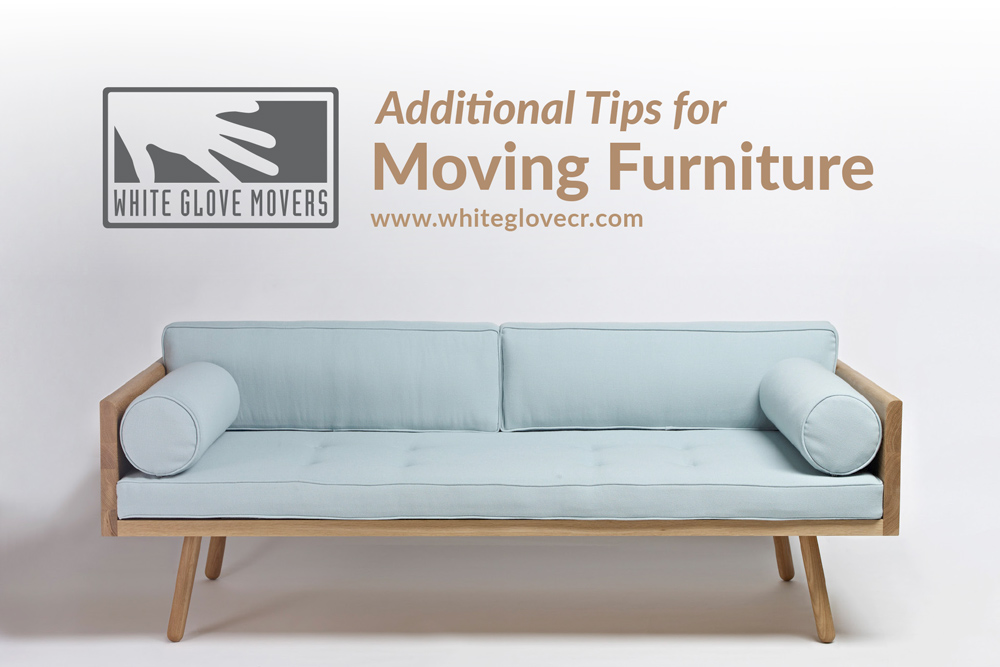Moving requires our current utilities to be shut off and a new set of utilities to start. Here are a few things to help you make this transition as smooth as possible.
Make a list
Listing your current utilities will help you to remember to contact each company and to know if they provide service in your new area. Here’s a list to get you started:
- Electricity
- Gas/Propane
- Water
- Waste/recycling
- Landline
- Cable
- Internet
- Home Security
Get the details
Often we don’t remember if we said the right day or who we talked with, so on the list we just made, here are the details to write down.
- Whom you spoke with and at what time and day
- When the current utility will end
- If someone needs to be home
- When the new utility will start – if transferring
- Do they service the new address
- And transferring or refunding any deposits
- What to do with equipment
- Final Readings
Utility companies will come out a do a final reading before shutting off service and can be deducted from any deposit made at the beginning of service. Make sure the check the final bill, which means you need to be sure to provide your new address.
Asking for discounts
There is nothing wrong in asking for a discount on a new service, or to incentivize a company to keep you as a customer. Typically your electric or gas provider are not able to do discounts, but you could ask about budget billing. Budget billing will keep your monthly payments at the same price and adjust either annually or bi-annually according to your usage. Cable, phone and internet providers typically have plenty of discounts to offer.




